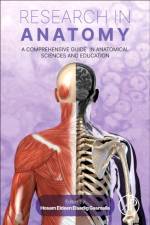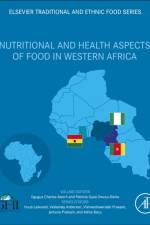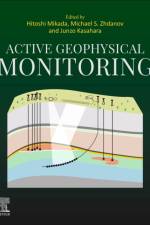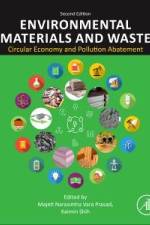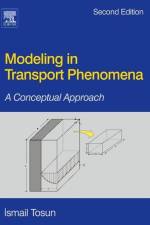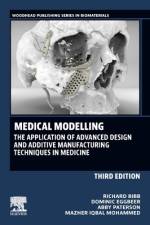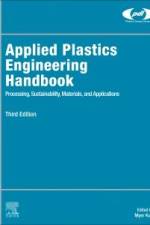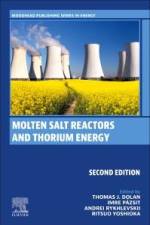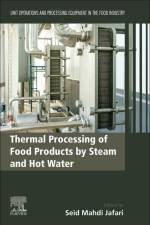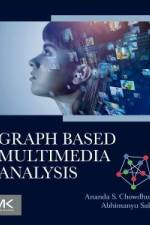av Uday Chatterjee
2 121
Homelessness to Hope: Research, Policy and Practices on Global Perspectives brings together stories, observations and critical appraisals that have emerged out of interdisciplinary studies spanning the global North and South. It explores how diverse accounts on homelessness and homeless people are situated within the structural-institutional arrangements of the developing and developed worlds. Through its comparative framework, the book offers a broader understanding of the multiple ways in which homelessness is experienced, perceived, and addressed. The book uses cross-cutting theoretical framings (such as resilience, wellbeing, social-ecological systems, sustainability, urban planning, institutions, gender) and emerging discourses on homelessness to complement current empirical findings. In addition, it provides insights on diverse concepts, meanings, perceptions, identities, and values concerning homelessness across rural and urban settings to promote a comprehensive understanding. In doing so, the book critically addresses the limits of contemporary discussions on homelessness, eviction, and poverty. Broadly, the book's authors explore the causations and processes of homelessness to shed light on physical, social, ontological, territorial, and cognitive facets of homelessness at both local and regional contexts across the world. Furthermore, the book lays a strong focus on viable transitions through identifying, comparing, and advocating for inclusive, collaborative, actionable measures and policies.


